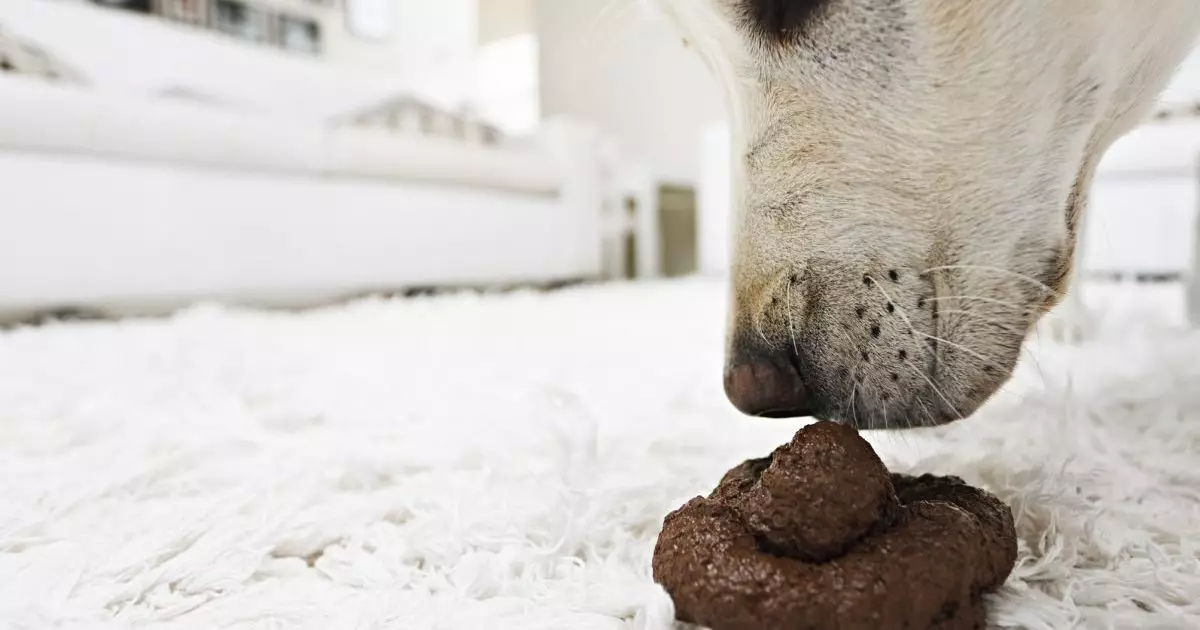Adopting a pet brings immense joy, companionship, and a host of challenges. Among these challenges are certain behaviors that can perplex even the most patient pet parents. Two particularly concerning habits that come to the forefront are coprophagia—commonly known as poop-eating—and scooting, where dogs drag their rear ends against surfaces. Contrary to the surface-level disgust these behaviors evoke, they often stem from natural instincts or underlying issues that can be addressed with appropriate strategies.
Coprophagia, the scientific term for poop-eating, might unsettle many dog owners, but it’s crucial to recognize that this behavior is quite common among canines. Practices such as feces exploration are rooted in instinct; dogs are naturally inclined to investigate potential food sources within their environment. For a puppy, the texture of poop might resemble the regurgitated food they used to receive from their mother, which can promote curiosity and lead to this behavior.
Dogs tend to maintain a clean territory, particularly if they’ve faced reprimands for leaving messes in the past. In some cases, they may resort to eating feces as a stress-relief mechanism or as a way to capture their human’s attention. Nutritional deficits can also play a role; if a canine is consuming a subpar diet or experiencing digestive difficulties, they may return to their excrement in search of nutrients. In households with both cats and dogs, swallowing cat feces—rich in protein due to the higher quality cat food—can heighten the chances of this behavior occurring.
While most healthy dogs are unlikely to face health ramifications from this habit, there are exceptions. The risk of picking up harmful parasites rises when dogs consume feces from other animals, emphasizing the importance of regular fecal screening and preventive medication. Additionally, pet owners should be aware of the dangers posed by ingesting kitty litter, which can lead to gastrointestinal complications.
To effectively mitigate this behavior, one must first understand that eating poop is often rewarding for dogs. Thus, the central tenet of training is to eliminate opportunities while simultaneously encouraging more favorable behaviors. Start by maintaining a clean yard: frequent scooping can greatly reduce the temptation for your dog to indulge in feces. When at parks or public spaces, keep your dog on a short leash—this not only prevents unwanted snacking but also promotes better control.
A commonly suggested method to curb this habit involves dietary adjustments. Some owners have succeeded by transitioning their dogs to a high-protein, low-fat, and low-carbohydrate diet. Specialty additives available at pet stores may help as well. However, many pet parents find success through natural substitutes like canned spinach or pineapple, which can alter the taste profile of the feces.
Importantly, never reprimand your dog for indulging in this behavior; negative attention can inadvertently reinforce the habit. Addressing underlying stressors in your dog’s environment may also alleviate the urge to engage in coprophagia.
Scooting can be both a source of embarrassment and concern for dog owners. When dogs drag their behinds along the floor, it often suggests discomfort related to their anal sacs. These glands, located at the base of the tail, can become impacted or full, leading to irritation and itching. While some dogs may scoot as a result of intestinal parasites (like worms), persistence in this behavior signals that your dog might require a simple anal sac expression, a procedure that most groomers and veterinarians can perform with ease.
Recognizing the reasons behind scooting is vital, as it not only signals discomfort but also the need for professional intervention. Keeping an eye on your dog’s overall health can help catch any potential issues early on, ensuring their comfort and happiness.
While behaviors like coprophagia and scooting can certainly test the patience of pet owners, they are far from insurmountable challenges. Understanding the underlying motivations for these actions is key to effectively addressing them. By employing preventive measures, making necessary dietary adjustments, and promoting healthier alternatives, owners can navigate these unpleasant behaviors with greater ease.
Emphasizing that dogs thrive on routine and positive reinforcement can pave the way not only for improved behavior but also for a closer bond between pet and parent. With diligent training and care, both furry companions and their human counterparts can enjoy a more harmonious living arrangement—free from the stigmas of these troublesome habits.

